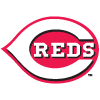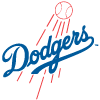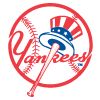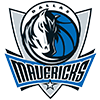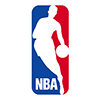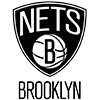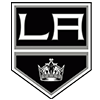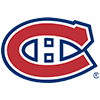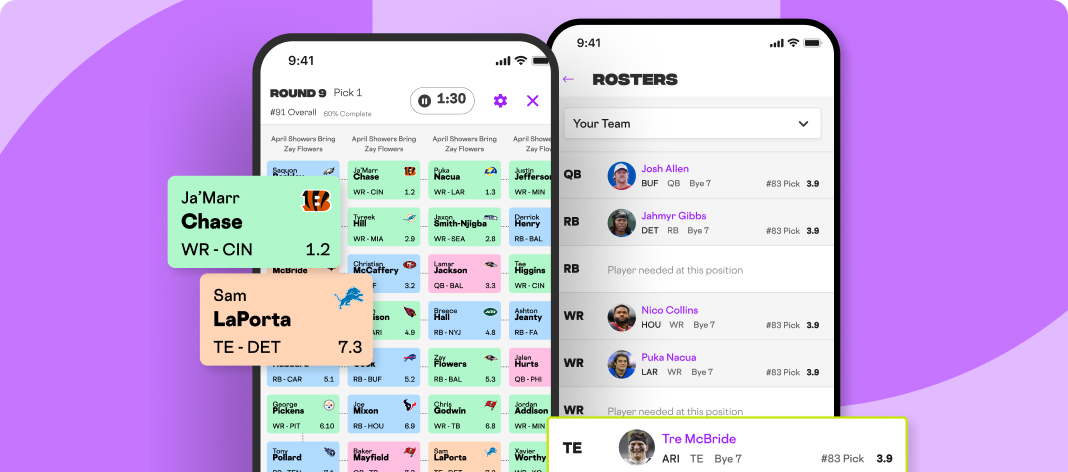One of the statistical oddities that has gotten my attention in recent seasons are those batters that end up with more home runs than doubles. It happens more often than you think during a regular season. The high-water mark came in 1999 when 37 batters who had at least 502 plate appearances did so. The next five highest figures came in 1987, 2000, 1996, and 1969. That is intriguing because three of the five seasons came during the height of the PED era (96, 99, 00), 1987 was the season the league reportedly doctored the baseball, and 1969 was the season when pitching was diluted because four expansion teams were added at once.
There is too much history to go back and review the data for every year, so I went back and looked at 2010 to 2012 to see how the players who hit more home runs than doubles did the following season (min 250 plate appearances in each season). Here are the top-level facts:
- 70.8% of the players
One of the statistical oddities that has gotten my attention in recent seasons are those batters that end up with more home runs than doubles. It happens more often than you think during a regular season. The high-water mark came in 1999 when 37 batters who had at least 502 plate appearances did so. The next five highest figures came in 1987, 2000, 1996, and 1969. That is intriguing because three of the five seasons came during the height of the PED era (96, 99, 00), 1987 was the season the league reportedly doctored the baseball, and 1969 was the season when pitching was diluted because four expansion teams were added at once.
There is too much history to go back and review the data for every year, so I went back and looked at 2010 to 2012 to see how the players who hit more home runs than doubles did the following season (min 250 plate appearances in each season). Here are the top-level facts:
- 70.8% of the players saw their home run totals DECREASE the following season.
- The 106 batters in the sample size combined to hit 2,778 home runs in the first season, and 2,272 in the following year; a difference of 506.
- There were seven batters whose home run total grew by at least 10 from Year 1 to Year 2; there were 32 whose total dropped by the same amount.
- 25 players appeared on the list at least twice.
The first bullet point is rather important because that is a large amount of decline from one season to the next. If we combine that one with the second bullet point, the average player lost 4.7 home runs from Year 1 to Year 2. There were 31 batters in 2013 whose home run total was larger than their doubles total (min 250 PA):
| Name | PA | 2B | HR | HR/FB |
|---|---|---|---|---|
| Adam Dunn | 607 | 15 | 34 | 23.80% |
| Adam LaRoche | 590 | 19 | 20 | 12.60% |
| Alfonso Soriano | 626 | 32 | 34 | 18.90% |
| Brandon Moss | 505 | 23 | 30 | 18.80% |
| Brian McCann | 402 | 13 | 20 | 16.30% |
| Carlos Gonzalez | 436 | 23 | 26 | 23.90% |
| Chris Carter | 585 | 24 | 29 | 20.70% |
| Chris Davis | 673 | 42 | 53 | 29.60% |
| Dan Uggla | 537 | 10 | 22 | 16.70% |
| Darin Ruf | 293 | 11 | 14 | 21.20% |
| Dioner Navarro | 266 | 7 | 13 | 18.80% |
| Domonic Brown | 540 | 21 | 27 | 19.30% |
| Edwin Encarnacion | 621 | 29 | 36 | 17.60% |
| J.P. Arencibia | 497 | 18 | 21 | 14.60% |
| Jayson Werth | 532 | 24 | 25 | 18.00% |
| John Buck | 431 | 11 | 15 | 13.90% |
| Jose Bautista | 528 | 24 | 28 | 17.60% |
| Josh Rutledge | 314 | 6 | 7 | 9.70% |
| Juan Francisco | 385 | 12 | 18 | 23.10% |
| Justin Smoak | 521 | 19 | 20 | 13.10% |
| Kelly Johnson | 407 | 12 | 16 | 12.90% |
| Mark Reynolds | 504 | 14 | 21 | 16.90% |
| Mark Trumbo | 678 | 30 | 34 | 20.90% |
| Matt Adams | 319 | 14 | 17 | 21.80% |
| Miguel Cabrera | 652 | 26 | 44 | 25.40% |
| Nelson Cruz | 456 | 18 | 27 | 21.30% |
| Pedro Alvarez | 614 | 22 | 36 | 26.30% |
| Raul Ibanez | 496 | 20 | 29 | 20.70% |
| Travis Hafner | 299 | 8 | 12 | 15.00% |
| Wilson Ramos | 303 | 9 | 16 | 27.60% |
| Yoenis Cespedes | 574 | 21 | 26 | 14.40% |
There are a few common characteristics in this group of players. Many of them are slow players. Many of them make very hard contact, so those balls that do not clear the fence get to the outfielders in a hurry giving them a chance to throw the runner out at second base. Ironically, none of them played at Fenway Park where the Green Monster can turn doubles into home runs and vice versa while Carter was the only Astro who may have been affected by the Crawford Boxes. Only one Yankee, Travis Hafner, hit left-handed and enjoyed the short porch in right field. That is worth mentioning as both Kelly Johnson and Brian McCann move into that situation in 2014.
In terms of home run to flyball ratio, higher ratios do not necessarily guarantee any more success than the lower ratios. From the 106 sample size, there were just 11 batters who had at least a 20% HR/FB ratio in Year 1 that saw their home run total increase in Year 2, which means 73.2% of the batters saw their total decline. That rate is three percentage points higher than the overall sample size. For all HR/FB ratios less than 20%, 76.5% of those batters saw their total decline.
The seven players who saw their home run totals rise from Year 1 to Year 2 were as follows:
- Matt Kemp: 28 HR in 2010, 39 in 2011
- Giancarlo Stanton: 22 HR in 2010, 34 in 2011
- Chris Carter: 16 HR in 2012, 29 in 2013
- Evan Longoria: 17 HR in 2012, 32 in 2013
- Mike Morse: 15 HR in 2010, 31 in 2011
- Curtis Granderson: 24 HR in 2010, 41 in 2011
- Chris Davis: 33 HR in 2012, 53 in 2013
Some of those performances came when the player had more plate appearances in Year 2 than they had in Year 1, such as Carter, Longoria, and Stanton. Granderson was affected by the move to Yankee Stadium, but each of the batters in this small pool have demonstrated track records of hitting for power.
These were the batters that saw the largest drops from Year 1 to Year 2:
- Josh Reddick: 32 HR in 2012, 12 in 2013
- Josh Willingham: 35 HR in 2012, 14 in 2013
- Josh Hamilton: 43 HR in 2012, 21 in 2013
- Ike Davis: 32 HR in 2012, 9 in 2013
- Adam Dunn: 38 HR in 2010, 11 in 2011
- Ryan Braun: 41 HR in 2012, 9 in 2013
Some of the drops were due to losses in playing time due to injury (Reddick, Willingham), suspension (Braun) or demotion (Davis). Others, such as Hamilton and Dunn, were complete disaster seasons.
The simple takeaway from this exercise is tread with caution on those batters that hit more home runs than doubles. There's a common theory that high doubles totals are predictors of players who will hit more home runs the following seasons. It isn't a good theory because all doubles may be as hard and far as the player can hit the ball and aren't always just bad luck of "missing a ball by .001". One player who should have multiple DrudgeReport-like sirens going off around his name is Dioner Navarro.
Navarro hit a career-high 13 home runs in just 266 plate appearances in Chicago last season. The "power breakout" was one part playing in Wrigley Field, where he hit nine of his 13 home runs, and another part from an 18.8% home run to flyball ratio. Before 2013, Navarro had never had a double-digit HR/FB ratio in a season in which he had more than 100 plate appearances. In fact, 15 of his last 89 flyballs have become home runs after just 39 of his previous 628 had done so. There is some serious recency bias in play with Navarro for him to be drafted ahead of the likes of Alex Avila, Hank Conger, and A.J. Ellis. If you were to ask me for a player whose 2014 home run was 100% certain to decline from the list above, Navarro would be my guy.
Don't forget to email questions unrelated to this article to [email protected]. I'm publishing a mailbag on the RotoSynthesis blog twice a week, so if you'd like your questions answered in detail so others can learn from what you are doing (anonymously, of course), please send them in!









